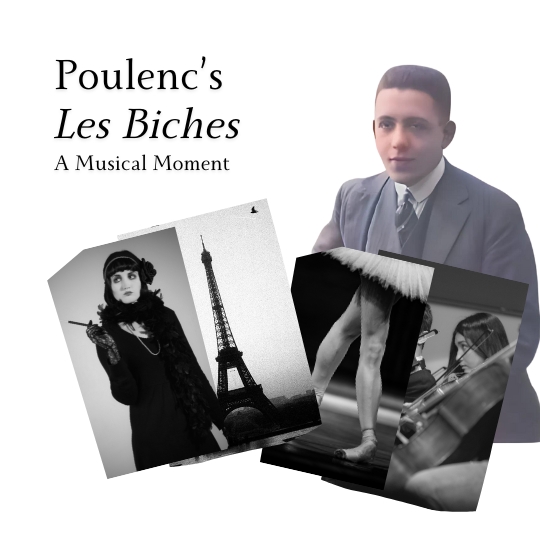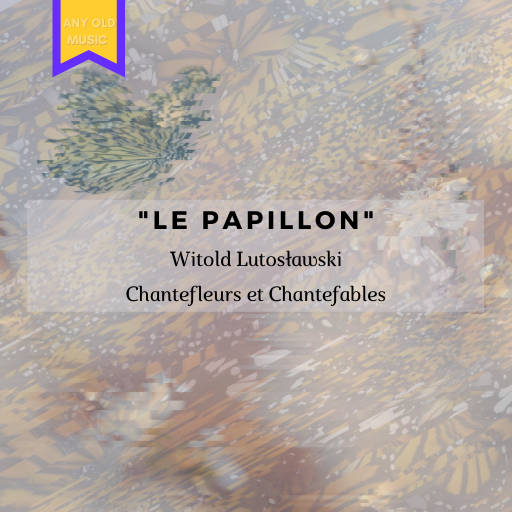Les Biches (RM25-6) – Francis Poulenc
Musical Moments is a new series where I focus on larger works—whether in orchestration, length, or complexity—and zoom in on small sections for detailed analysis. I will choose these pieces based on what grabs my attention while listening. Once I find an interesting moment, I isolate it and explore why it stands out to me, […]
Les Biches (RM25-6) – Francis Poulenc Read More »










